This project, Networks of Early Quantum Theory, funded by the Max Planck Society and pursued jointly by the Max Planck Institute for the History of Science and the Fritz Haber Institute, thus explored this major transformation of physical knowledge through large-scale collaborative research, drawing upon extensive archival records of correspondence, manuscripts, and notebooks. Through collaboration between historians, philosophers, and physicists working on the history of quantum physics in many countries, the results of the project now appear in several publications.
A central finding of the Quantum Theory project is that the quantum revolution, though considered one of the most important changes to classical physics since its beginnings, did not simply replace an existing conceptual system. Rather, quantum mechanics was the reinterpretation (Heisenberg’s German term was Umdeutung) of classical physics concepts within a new framework, meaning it continued to use most of the established empirical knowledge as well as major parts of the formal structure of this conceptual framework.
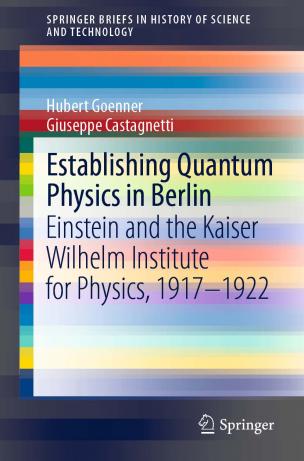
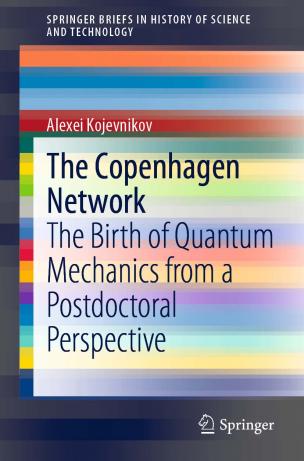
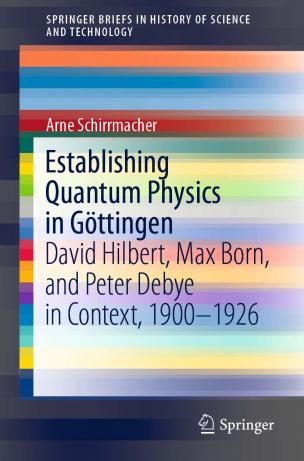
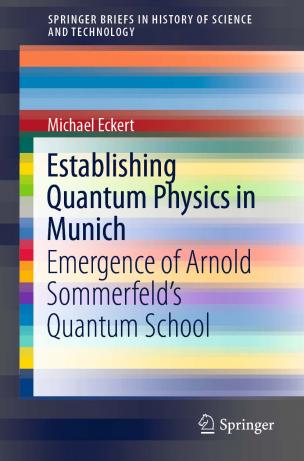
The Quantum Network: A series in Springer Briefs in the History of Science and Technology.
This process of transformation and re-interpretation involved physicists, chemists, and mathematicians from several countries, many of whom made essential contributions to the development of the theory. A new series of four books, The Quantum Network—published in Springer Briefs in the History of Science and Technology—is based on research conducted in the project. It investigates the conditions of the field, some fostering and some limiting, that shaped the emergence of this network of quantum physicists. Each volume deals with one of the major sites of exploration of quantum theory: Munich, Berlin, Copenhagen, and Göttingen.
Establishing Quantum Physics in Munich
In this volume, historian Michael Eckert’s study on Arnold Sommerfeld’s famous "nursery of theoretical physics" at the University of Munich shows the importance of Sommerfeld's exceptional talent as a charismatic teacher and prolific networker in making Munich a central node in the fast-growing network of quantum physicists in the 1920s.
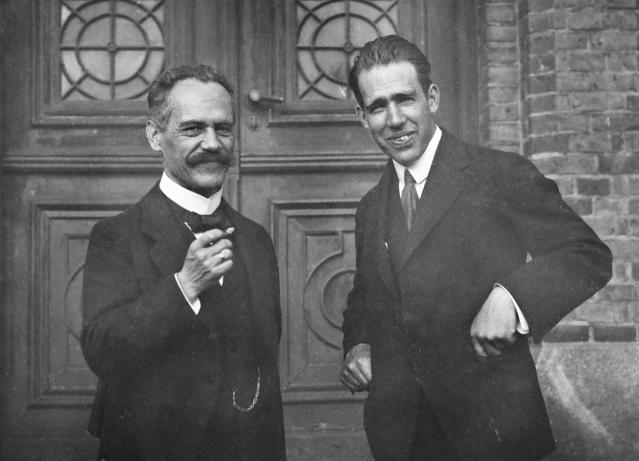
Left: Arnold Sommerfeld (1868–1951) and right: Niels Bohr (1885–1962), in September 1919 at a physics conference in Lund, Sweden. Courtesy of the Deutsches Museum in Munich.
Establishing Quantum Physics in Berlin
In this volume, Giuseppe Castagnetti and Hubert Goenner focus on the Kaiser Wilhelm Institute for Physics under Einstein’s directorship. This can be considered an early attempt to establish a dedicated research institute for the development of quantum physics in the thriving academic environment of Berlin.
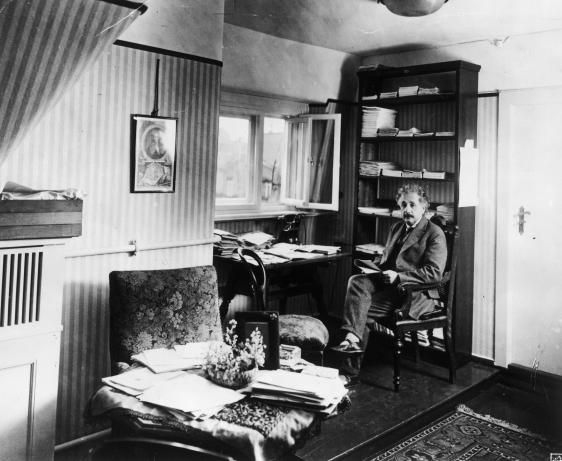
In the early phase of its establishment, Albert Einstein directed the Kaiser Wilhelm Institute for Physics from the study of his apartment at Haberlandstrasse 5 in the Bayerisches Viertel district of Berlin-Schöneberg. © bpk.
The Copenhagen Network
Alexei Kojevnikov's book on the history of Niels Bohr's research policies examines the role Danish politics played in the development of quantum physics. The country’s neutrality gave it the special opportunity to play a new and more important role in the international scene. The study focuses on the multicultural and transient postdoctoral students who formed the core of the budding quantum-mechanical community as they tried to pursue vulnerable academic lives during the economically and politically-troubled 1920s.
Establishing Quantum Physics in Göttingen
Finally, in Arne Schirrmacher's study of Göttingen, the institutional context is strikingly different from that of the other cases. The university's relatively small physics faculty had to struggle with a shortage of resources and the disinterest of the Prussian ministry of education. Its mathematics department, with Felix Klein and David Hilbert, on the other hand, was acknowledged as a leading, if not the most important, center for mathematical research in Germany. Schirrmacher shows how and why Hilbert reallocated resources towards research in quantum physics and able proponents. With Peter Debye, and particularly with Max Born's return to Göttingen University in 1921, a new center of quantum physics emerged that connected its local strengths with the quantum network, most effectively with Sommerfeld’s Munich and Bohr’s Copenhagen, in this way paving the road to quantum mechanics.
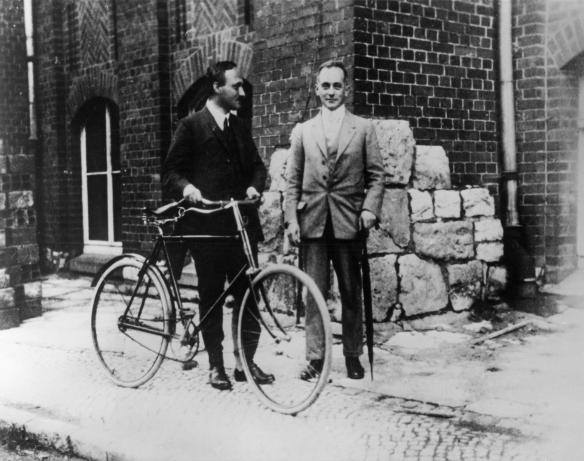
Max Born (1882–1970) and James Franck (1882–1964) at the Physikalisches Institut in Göttingen. © bpk.
Scientific Cooperation
Let us mention, in closing, one noteworthy common thread of the four books: in all cases, the success or failure of the program depended on the integration of the local institution into a network of quantum research. Munich, Copenhagen, and Göttingen could only become successful research centers through their intensive exchanges. Berlin, on the other hand, may have failed to develop as impressively because of its more conservative and self-sufficient approach to research. The importance of international cooperation may also explain the relative lack of progress made in the well-established centers of research outside of central Europe. Because they were much less affected by the disorderly aftermath of World War I, collaboration and networking there were seen as less of a necessity. This proposal would offer a striking alternative to Paul Forman's claim that it was the cultural climate of the Weimar Republic that pushed quantum physics to the fore. As a whole, the four volumes in the series present scientific institutions and their interconnections as the key meeting point between the cultural climate of the times and scientific theory. These networks of research thus provide an ideal starting point for transcending the old, artificial divide between external and internal histories of science.
